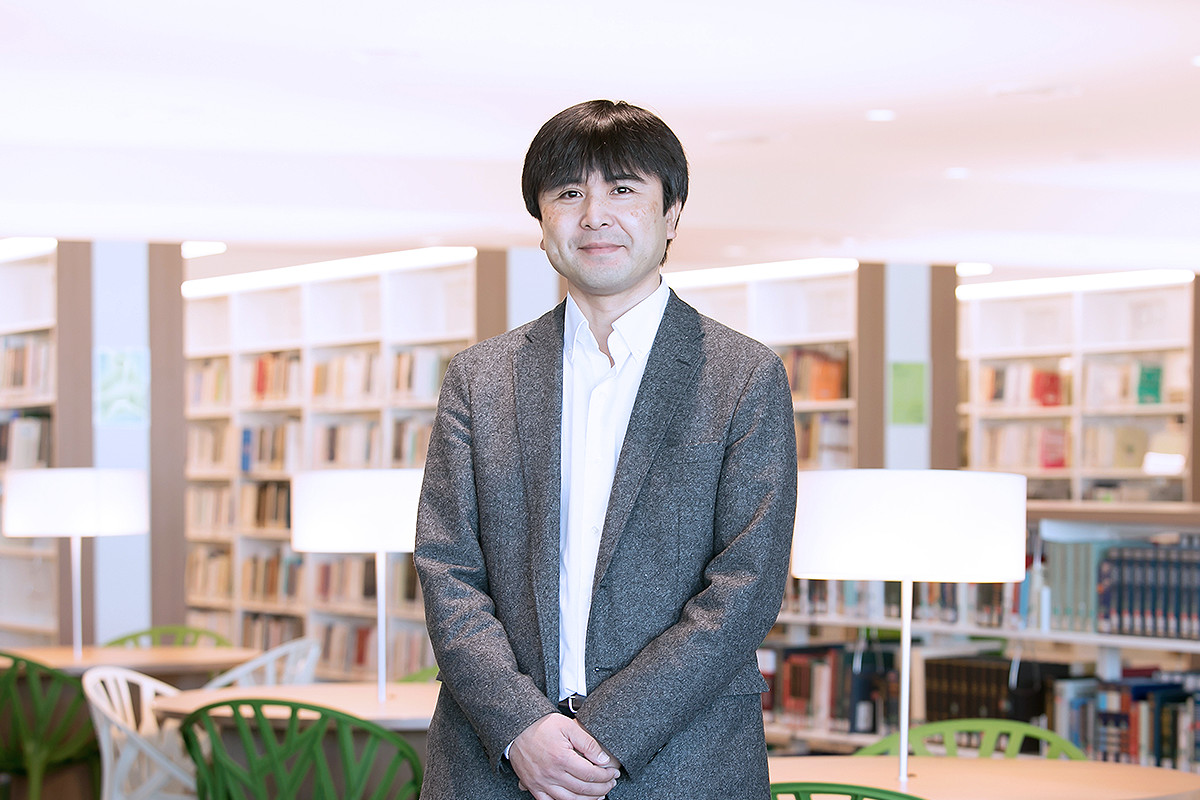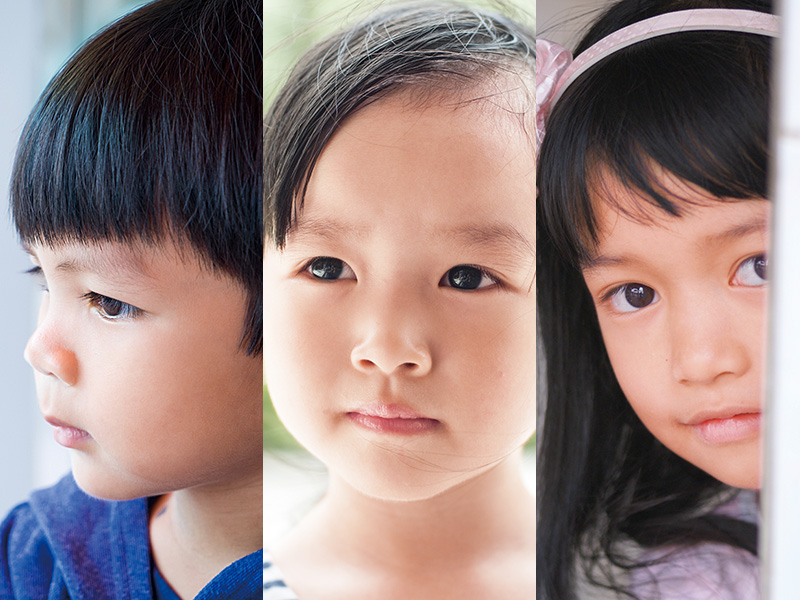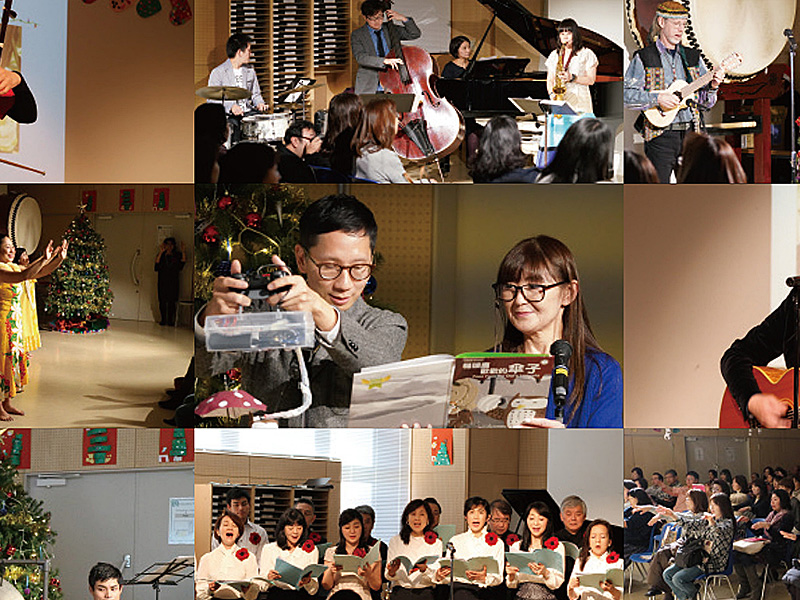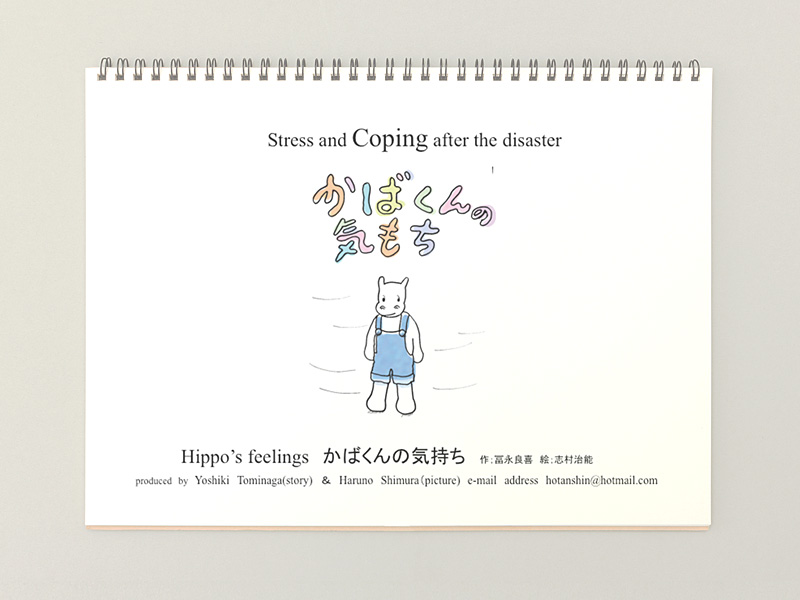STORY #2
Longer Marriages and the Meaning of Happiness to a Husband and to a Wife
Hiroshi Utsunomiya
Professor, College of Comprehensive Psychology
Following the dynamically changing relationships of married couples
“You will live to 100. I’ll live to 99.”The wish to grow old together as husband and wife, as represented in the quote above, and to share an intimate and long life has been considered a form of happiness. However, in reality, many forms of marital relationships last, but their longevity is not necessarily proof of happiness. From a lifelong developmental perspective, Hiroshi Utsunomiya seeks to grasp marriage longevity and the relationship between spouses. Specifically, he believes that new insights can be obtained by focusing on elderly couples who are at their ultimate stage in life.
Utsunomiya’s approach is unique in that he incorporates the concept of commitment in considering the relationship between husband and wife. Utsunomiya calls it the “basic stance that each individual takes toward the continuation of a married life.” Commitment to married life is directed to not only spousal relationship but also the institution of marriage and its social benefits. Utsunomiya classifies commitment qualitatively into six types of relationships, or what he calls the relatedness status: personality-based, devoted, compromising, diffusive, superficial, and independent (Table 1).
“When we look at the relationship of elderly couples in Japan through this relatedness status, we find interesting things,” Utsunomiya revealed. First, when looking at the distribution of each status, it can be observed that the majority of men have personality-based and superficial types of relationship, and many elderly men take a positive view on married life. In contrast, over 30% of women have devoted, compromising, or diffusive types of relationships; this percentage of women is nearly three times more than that of men. “We can see how much women are dissatisfied with, are feeling resigned to, and struggle in their married life,” Utsunomiya explained.
Utsunomiya also looks at the association of relatedness status with how leisure time is spent. Those who are categorized as having a personality-based type of relationship are more likely to join social activities as a couple or as an individual, expressing high marks in both cooperative tendencies and individuality. However, the majority of those categorized as having the other five types of relatedness status tend to express individuality. “To lean toward individuality does not necessarily mean there is disharmony between spouses,” Utsunomiya clarified. He further stated, “We could actually say that they are balancing each other out for them to maintain harmony. Even from this example, we can glimpse the complexity of marital relationships.”
In addition, Utsunomiya investigated daily conflict, subjective sense of happiness, and the consistency of status between couples. “It is interesting that even though the two may have lived their lives together for so many years, they do not necessarily share the same status. If the husband is categorized as having a personality-based type of relationship, there is a high tendency that the wife shares the same status. However, if the husband is categorized as having a superficial type of relationship, there is a high tendency that the wife would be having either a devoted, compromising, or diffusive type of relationship. We can see that even though they may share a sense of happiness or well-being, the relation between a couple could be drastically different.”
Marital relationships can be quite diverse and tend to change in the course of a lifetime. Utsunomiya explains the mechanism in which such changes occur in the history of marital relationships using his unique commitment orientation model (Fig. 1). Commitment orientation shows the manner by which commitment is developed. Commitments are multilayered. Commitment levels depend on the appearance one maintains or on one’s beliefs. There are those who would say, “No matter what happens, I will never leave my spouse”; this belief is found at the lowest layer called the maintain the institution level. Then there is the sustained exploration level found at the highest layer; in this layer, each of the couple questions the meaning of their existence while requires holistically each other. Additionally, there is the incognizant level where the relationship is compared to the air one breathes; that is, for better or worse, one considers their partner’s presence as a given and thus, typically, not much thought goes into the relationship. “These levels are not constant. They dynamically change throughout one’s life (Fig. 2). Specifically, when people face a crisis, they tend to shift to a different level,” Utsunomiya explained. When a couple faces difficulties, each reassesses each other. Certain couples deepen their relationship and enter the sustained exploration level, whereas others head toward the maintain the institution level as the crisis has caused other frustrations to surface. The decisions made at key milestones in life depend on the type of relationship a couple has tried to build up to that point. “This is among the reasons it is important to understand the dynamics of a marital relationship over an extended period,” Utsunomiya said.

Moreover, marital relationships impact children’s development and their spouse selection in the future. For this reason, Utsunomiya also pays attention to the partnerships of those in their 20s and 30s who are children of the current middle-aged and elderly couples. “Today’s lifestyle is diversified; we see reports stating that 90% of unmarried men and women between 18 and 34 years old intend to marry someday. This illustrates that in Japan, the mainstream view of life includes the prospect of marriage. I would like to examine the younger generations’ commitment to marriage or cohabitation,” said Utsunomiya. Sharing his vision, he stated, “We must consider a variety of partnerships beyond the legally married couples, such as same sex and cohabitating couples; otherwise, it would not reflect reality. I would also like to include unconventional couples in the empirical studies.”

- Hiroshi Utsunomiya
- Professor, College of Comprehensive Psychology
- Research Subjects: continuation/adaptation of married life and lifetime development of relationship with spouse, the psychological influence of discord between parents on children, the diversification of partnership types and psychological adaptation, clinical psychological support for couples working on infertility treatment, etc.
- Research Keywords: developmental psychology, family psychology

































